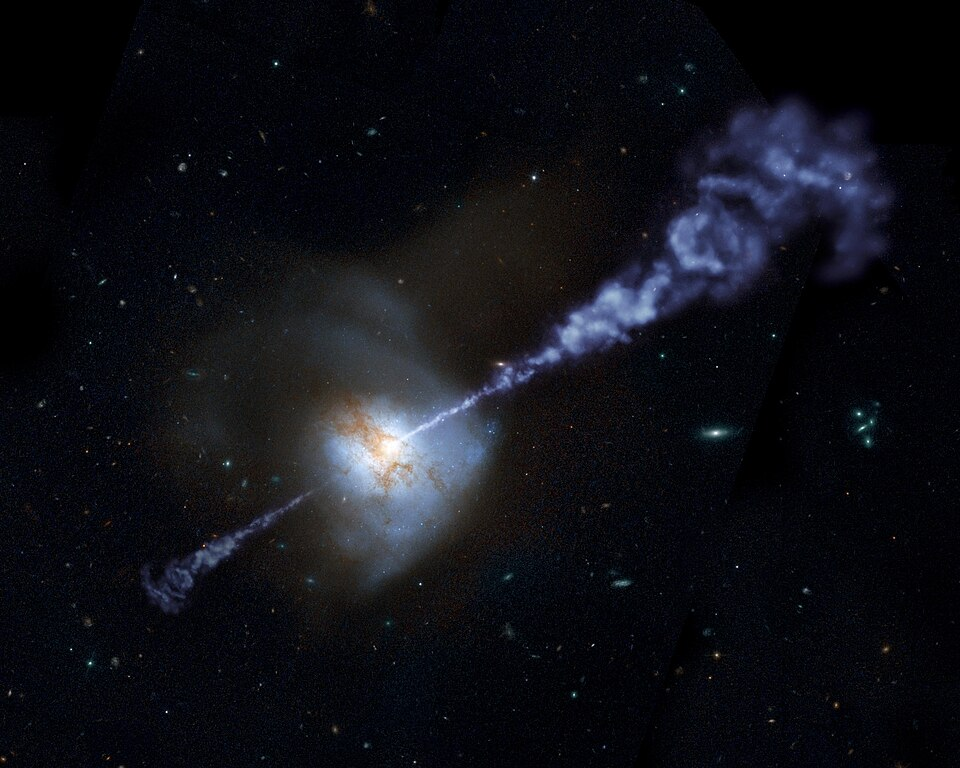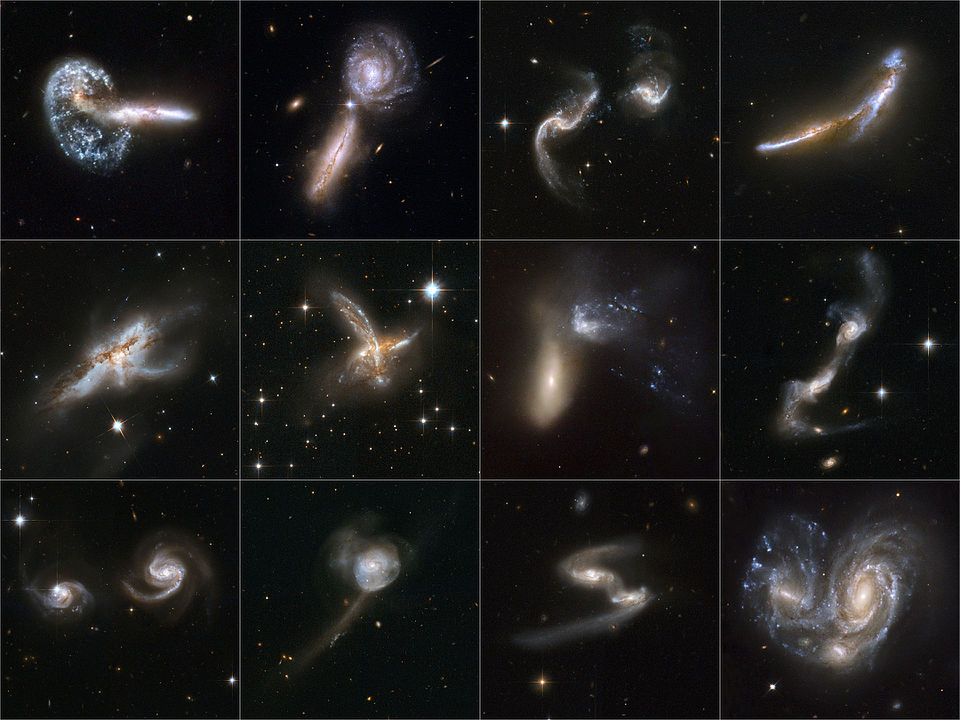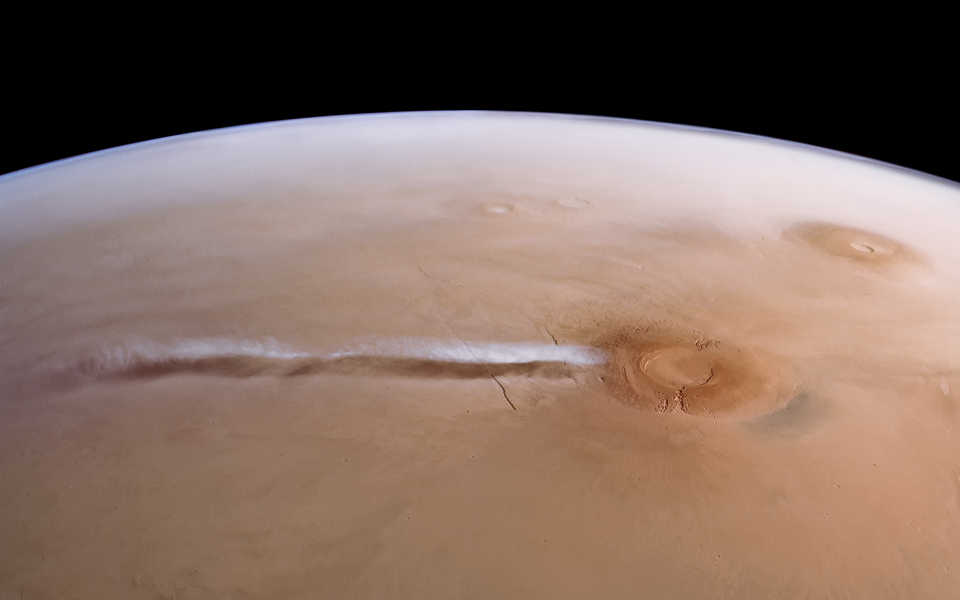Unveiled: New Cosmic Map Reveals a Mind-Boggling 10 Times More Galaxies!
Scientists have achieved an enormous advancement in astronomy with the creation of the most extensive map of the universe yet, featuring around 800,000 galaxies. Led by the COSMOS-Web initiative, this remarkable celestial chart extends nearly 13.5 billion years into our past, virtually reaching the dawn of time itself. By leveraging information gathered through the advanced James Webb Space Telescope (JWST), the global collaboration behind this endeavor is revolutionizing our understanding of the cosmos’s infancy. These discoveries surpass previous benchmarks not only in scale but also in their ability to redefine established scientific predictions.
COSMOS-Web: Charting the Universe as Never Seen Before
COSMOS-web collaboration imagesThe COSMOS-Web collaboration brings together researchers globally with the aim of unraveling mysteries of cosmic past. They set out to produce an extensive and profound panoramic view of the heavens, something unprecedented in scale. As stated by project co-director Caitlin Casey at UC Santa Barbara, this picture stands as the most expansive and detailed ever captured.
To illustrate, if the well-known Hubble Ultra Deep Field was printed as a standard page, the new COSMOS-Web image would be equivalent to a massive 13-foot wall mural. This underscores just how significantly more expansive this celestial photograph is. The map encompasses almost 98% of the universe’s history, offering an extensive look at galaxy formation and evolution.
Unexpected Find: Galaxies and Black Holes

When scientists turned JWST's strong mirror aimed at deep space They anticipated spotting some of the earliest galaxies, but certainly not in such abundance. Initially, they thought that galaxies dating back to within the first 500 million years of the universe’s existence would be exceedingly scarce. However, their discoveries were nothing short of astounding. The researchers detected approximately tenfold more galaxies compared to previous predictions. Additionally, they identified supermassive black holes that even Hubble failed to observe before. This new information challenges conventional beliefs regarding the rapidity with which galaxies and stars developed following the Big Bang.
An Unfathomable Cosmos of Queries

Although the most extensive map of the cosmos addresses numerous queries, it simultaneously introduces fresh conundrums. What explains why galaxies formed at such an accelerated pace? And how were countless stars and systems able to develop so rapidly? black holes Emerge within merely a few hundred million years? Such conundrums suggest that our present understanding of the cosmos might require significant adjustments. Researchers are contemplating whether these findings imply the necessity for alterations in our fundamental cosmic framework. Should galaxies have emitted such substantial amounts of light at this nascent stage, experts will need to delve into novel theories to account for the behavior of the early universe.
A Present for the Scientific Community
The COSMOS-Web project is quite fascinating as it prioritizes open science. It allows everyone to view the full dataset, photographs, and catalogs. This means that students, educators, and even hobbyist astronomers have access to the same resources used by leading scientists. By aiming to make scientific knowledge more accessible, this initiative seeks to encourage a wider audience to participate in advancing our comprehension of the universe. The group dedicated two years to transform raw information into comprehensive visuals, enabling nearly anybody with an internet connection to examine the map.
What's Next for the COSMOS-Web Team?

The job isn't finished just yet. Researchers are returning to remote locations to verify the distances of these recently found galaxies. To do this, they will employ spectroscopy—a method that splits light into components—to determine the actual distance of these galaxies accurately. This process will also allow them to examine the chemical composition within these distant cosmic structures from long ago. Through tracking elements such as carbon, oxygen, and nitrogen, scientists aim to uncover new insights into the origins of stars and planetary bodies. Additionally, these investigations might provide novel hints regarding dark matter and our understanding of the physical conditions during the cosmos' infancy.
The Cosmos Has Expanded Immensely
The recently unveiled, most extensive map of the cosmos serves as more than merely a significant scientific milestone; it underscores our ongoing educational journey. With the James Webb Space Telescope continuously transmitting remarkable information, we stand at the dawn of an era brimming with discoveries. Through this cosmic cartography, the universe reveals its mysteries—from the birth of early galaxies to insights into black holes. Thanks to initiatives such as COSMOS-Web, uncovering these enigmas has never been simpler.
The post Gigantic Cosmic Chart Reveals 10 Times More Galaxies Than Anticipated appeared first on .
Post a Comment for "Unveiled: New Cosmic Map Reveals a Mind-Boggling 10 Times More Galaxies!"